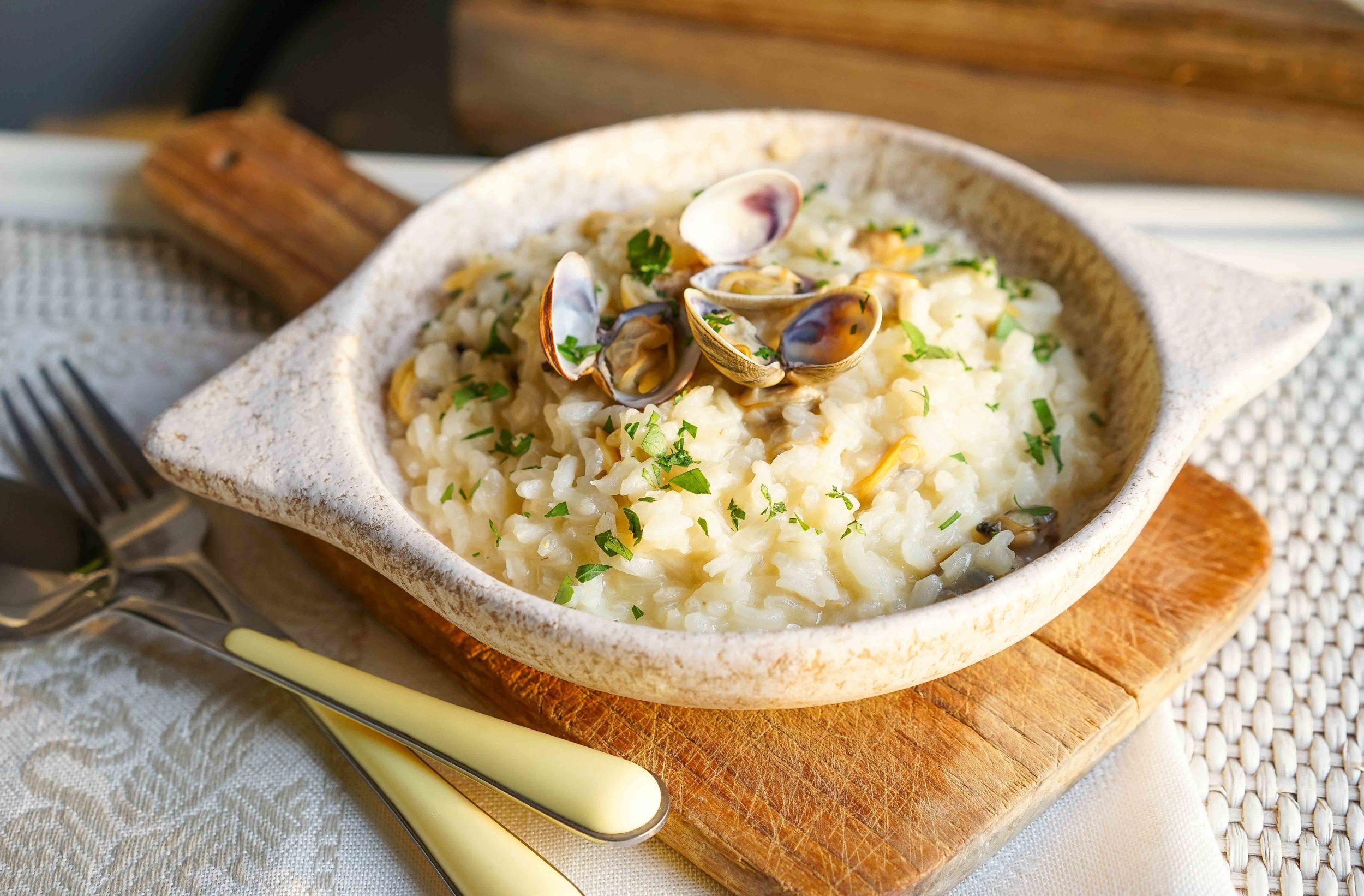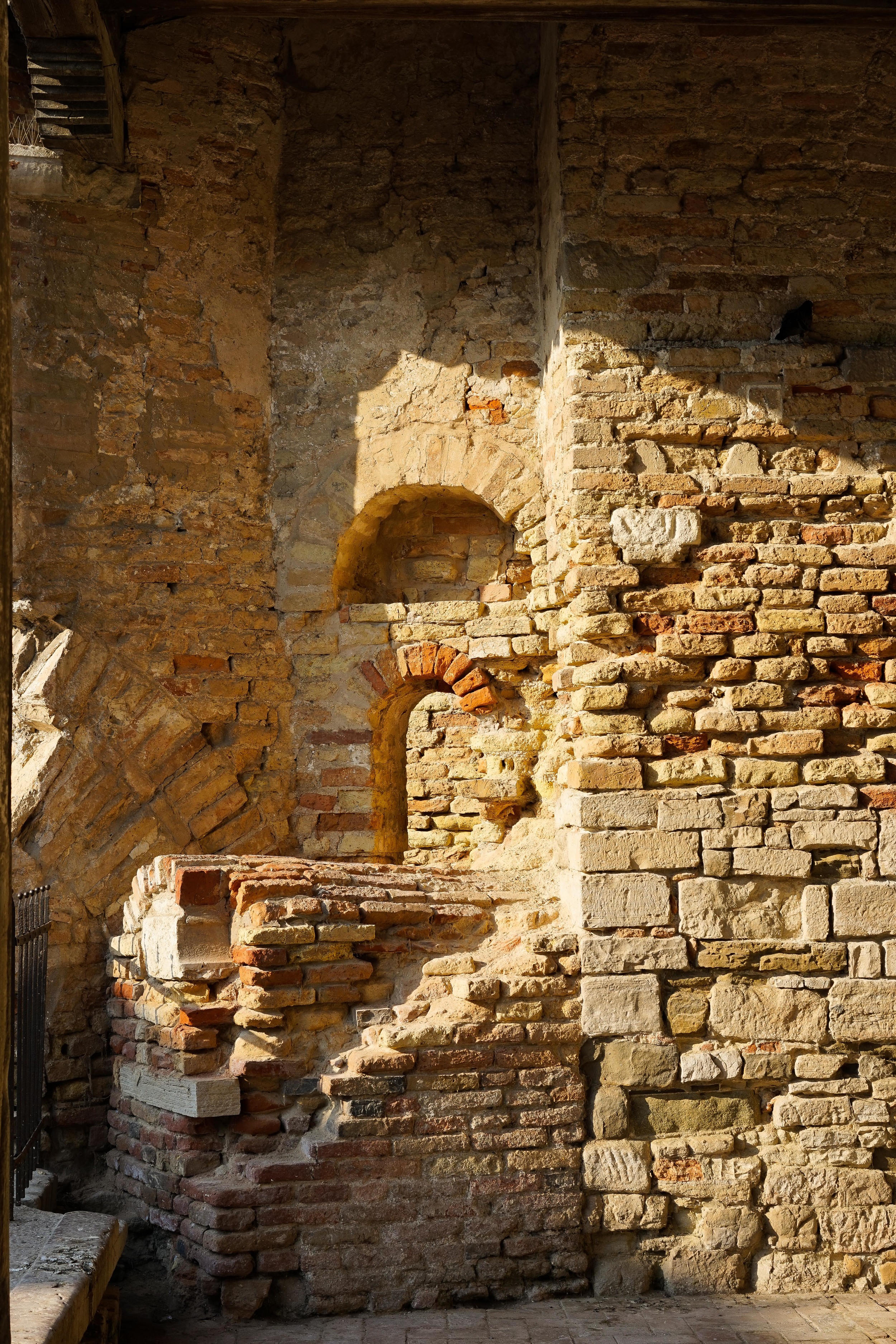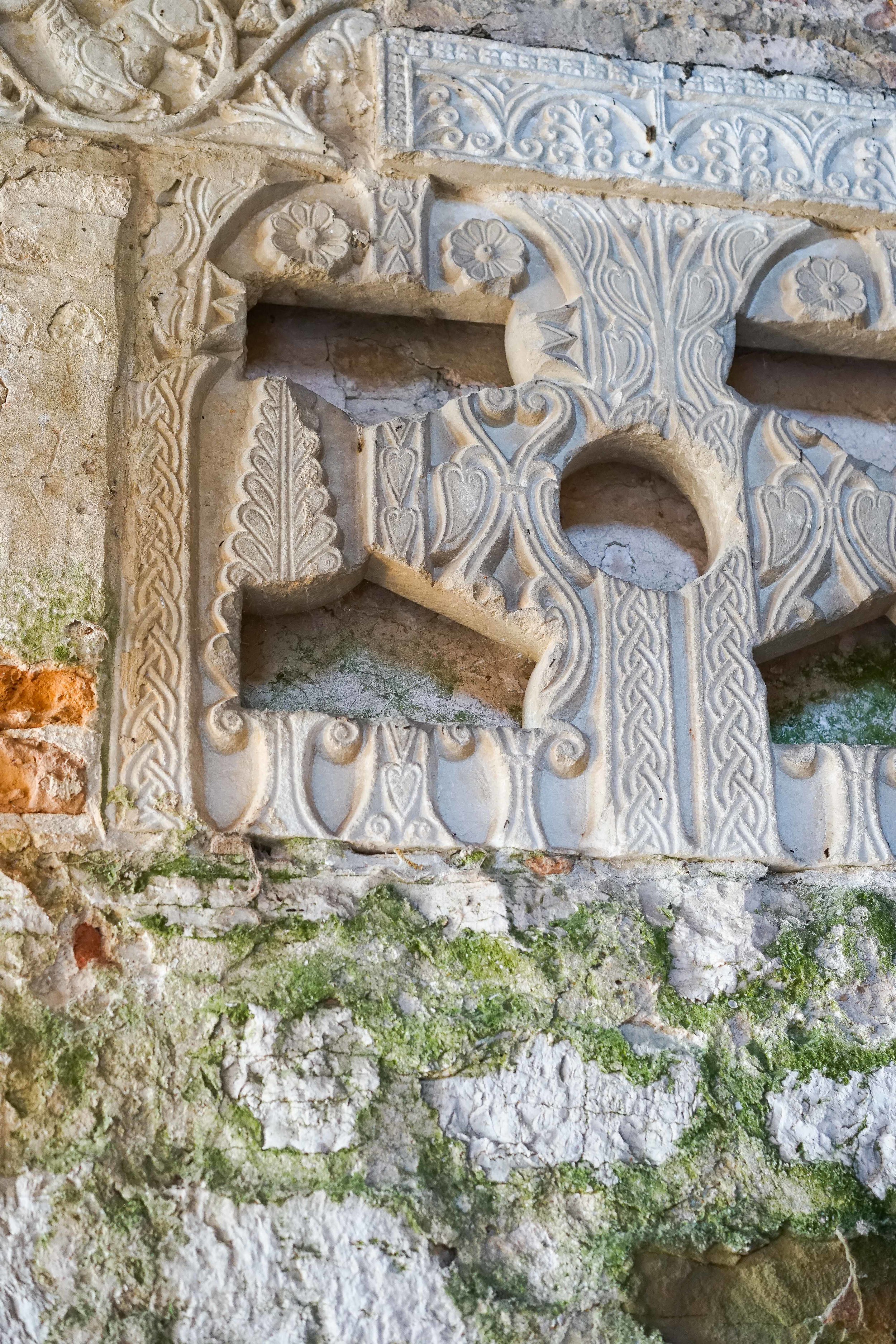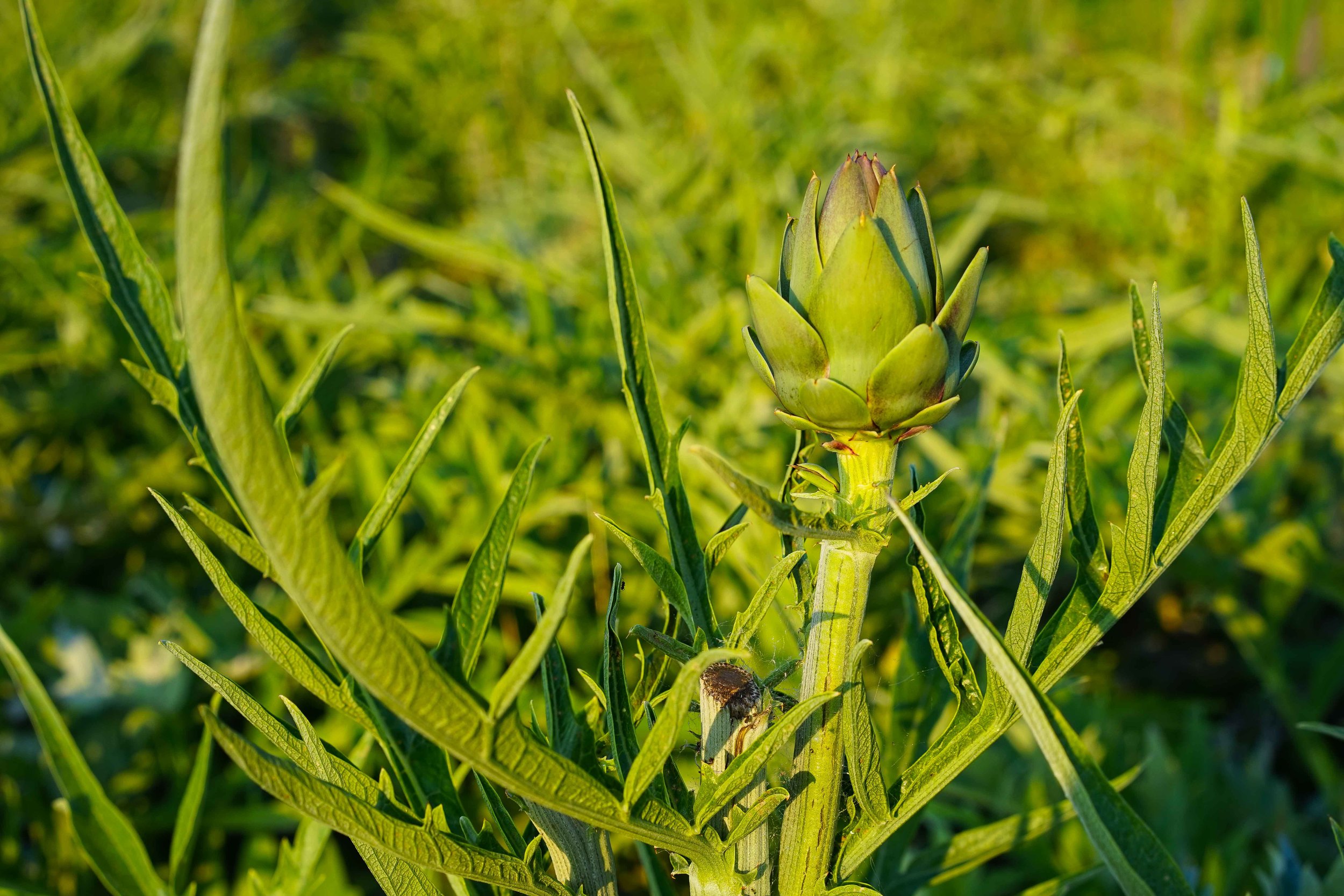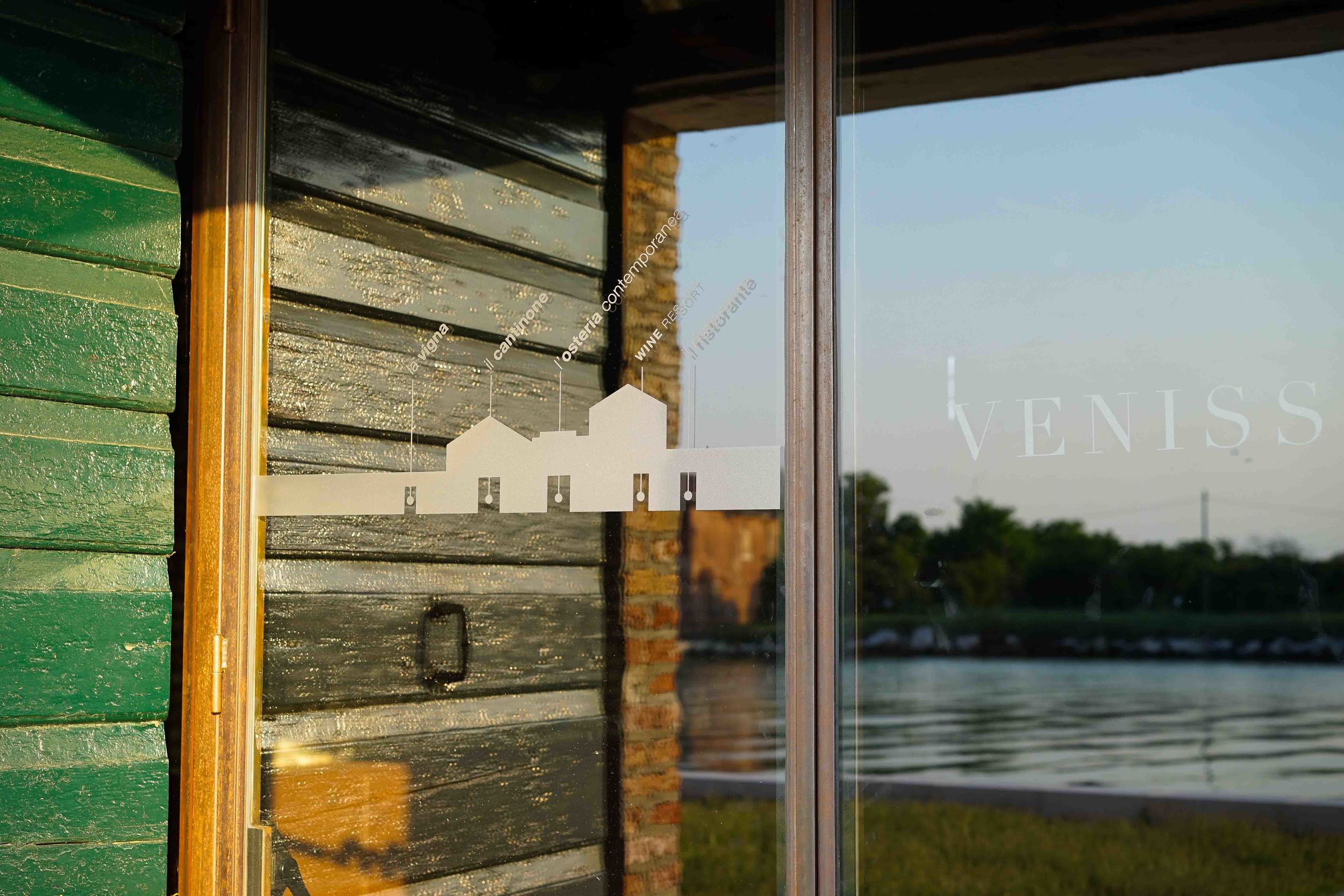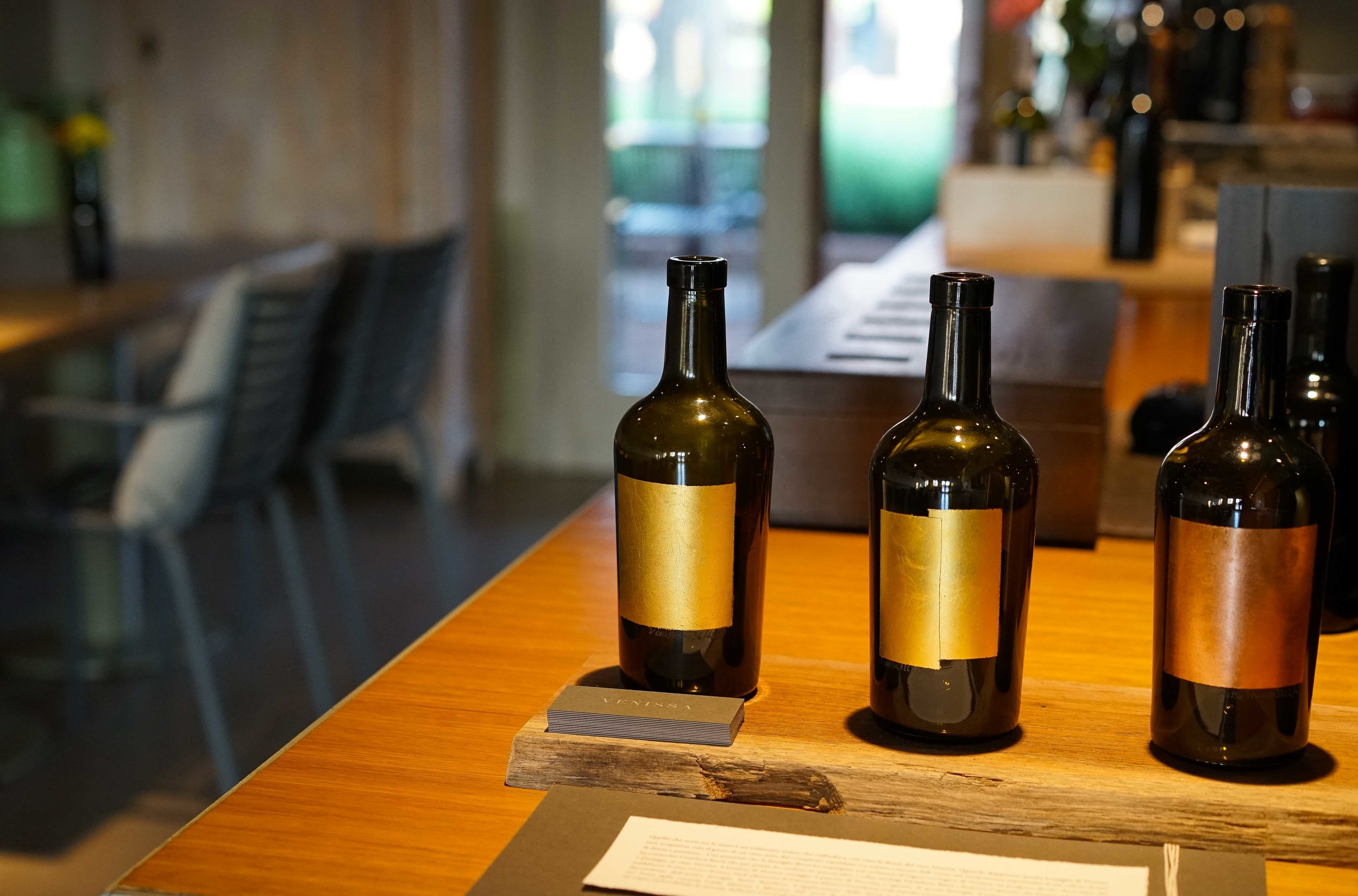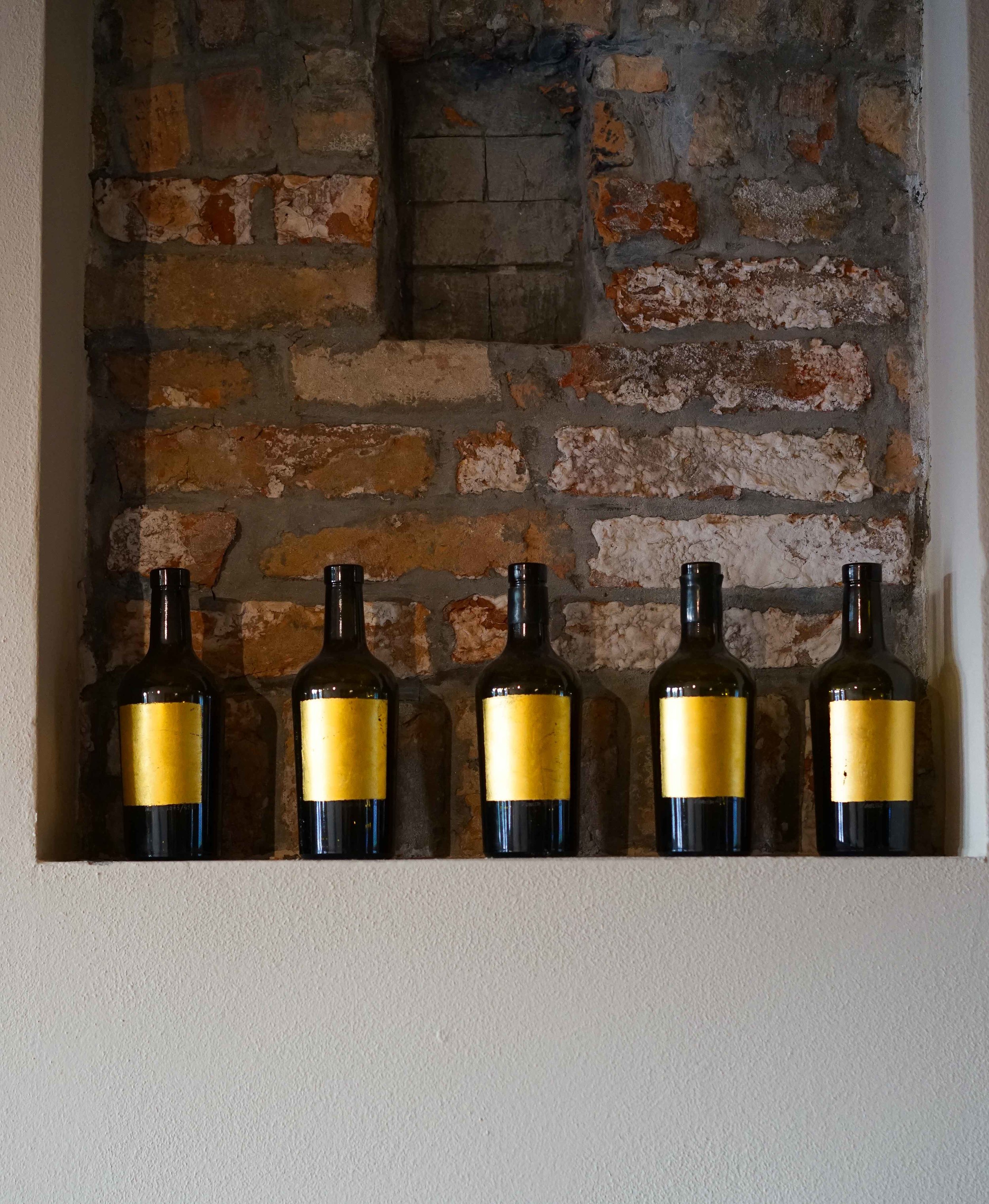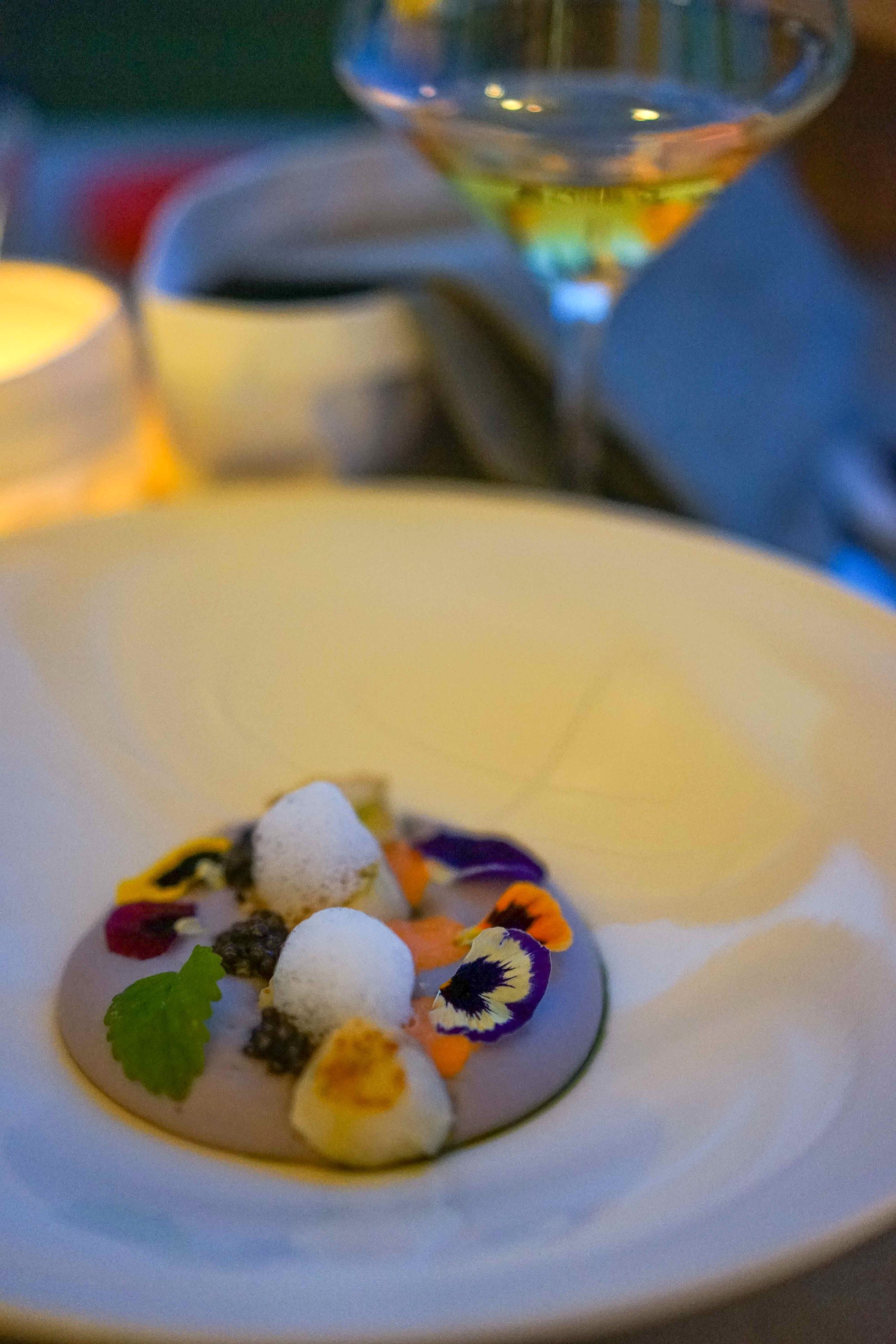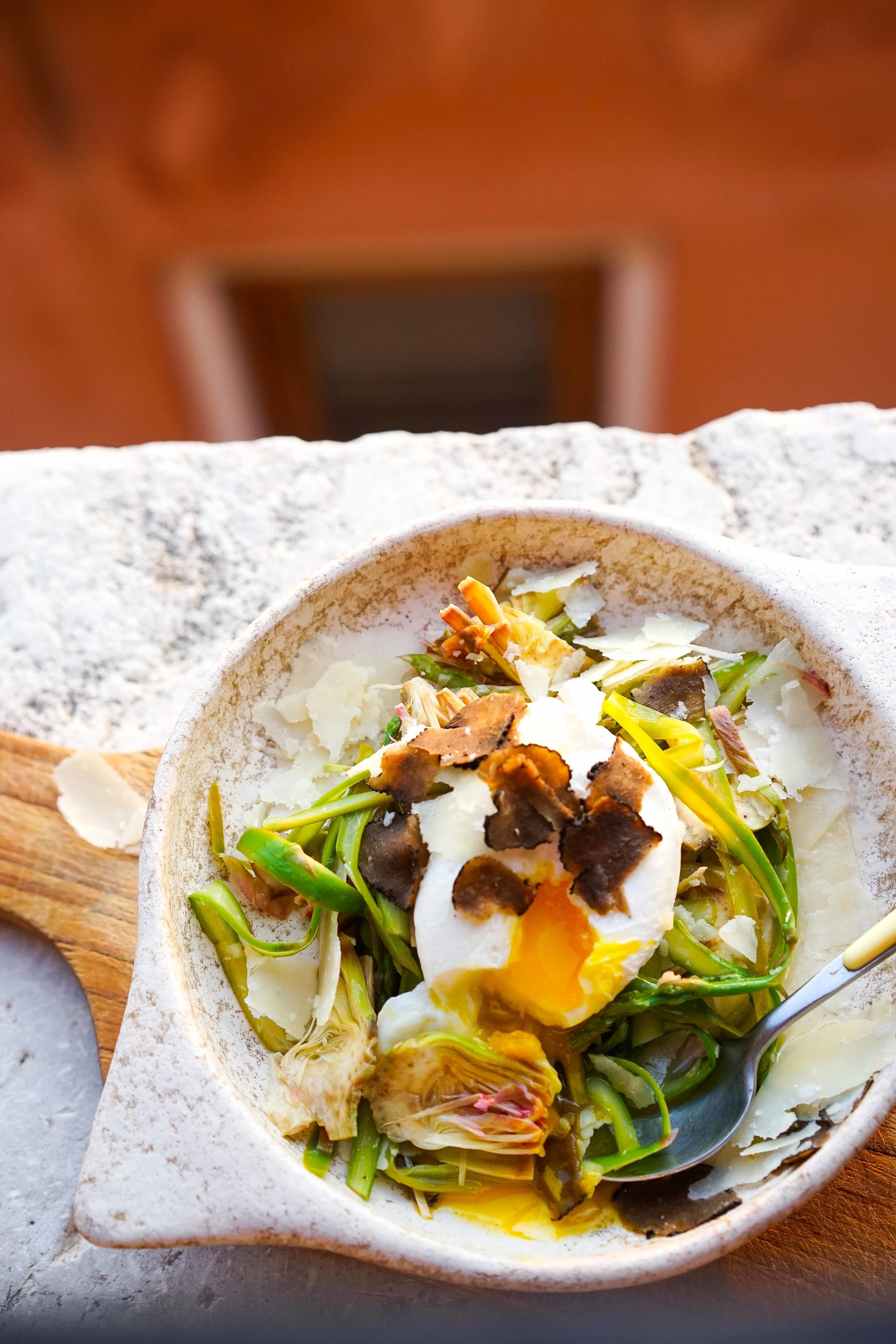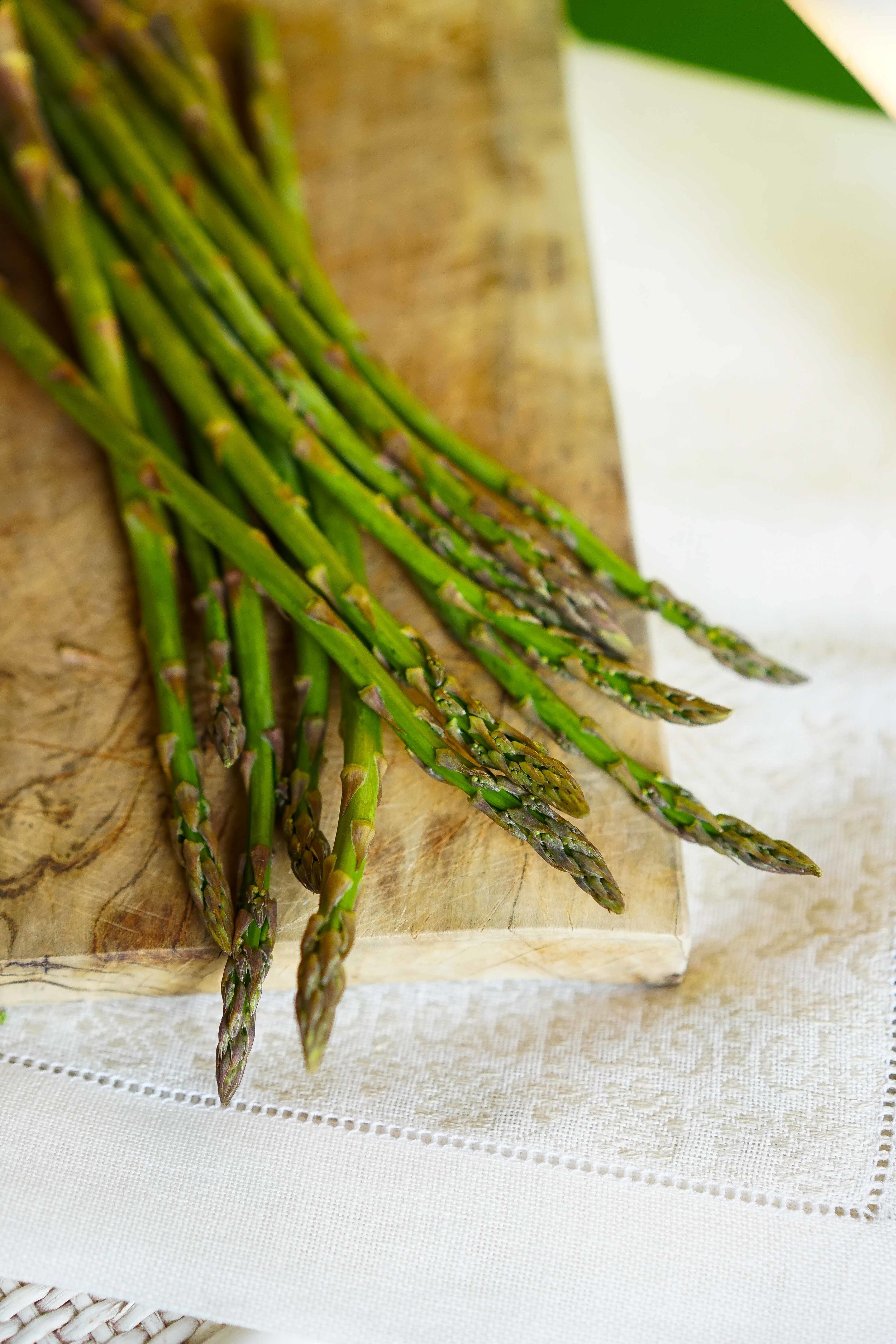The first day of Summer in Venice marks the beginning of high season, and although the city is almost never short of visitors, things step up a gear with the arrival of warmer weather. In the narrow streets and lanes, tourist throngs noticeably thicken, the pace at which it is possible to walk grinds often to a single file shuffle, and the sound of clattering wheelie bags (the greatest blight of all!), carries readily up through windows left open to the warm air.
Just a few miles north across the lagoon however, a forty-five minute vaporetto ride from the packed pavements and touristy gelaterie of the Fondamenta Nuove, lies an entirely different Venice, a Venice of tiny far-flung islands, and one that very few of the city’s millions of tourists take the time to see…
Torcello, Mazzorbo, and Burano, the north-most islets of the lagoon, lie directly adjacent to one another, only carved into distinction by the narrow canals that criss-cross the puzzle of salt morass from which they are formed. They are the last true ‘islands’ of the lagoon. Just beyond, the land climbs steadily out of the sea, until at some barely distinguishable and highly tide-dependant point, it ceases to be to Venice at all, and becomes the mainland shore instead.
Collectively, the islands of Torcello, Mazzorbo, and Burano, are referred to as ‘Native Venice’ – a moniker bestowed by the local tourist authority, and designed to remind that although these piccole isole may seem far removed from the action today, Venetian history actually begins here, around fourteen hundred years ago, on the tangled and boggy moors of Torcello...
Driven from the mainland by bandit armies of Visigoths and Lombards, the first inhabitants of Torcello sought refuge in the sea, settling on a flat of floating morass so marginal as Torcello in the hope of evading further attention from their invaders. Watching from this watery vantage point, as their homes, fields, and churches burnt in the distance from which they’d come, and now exiled to a life mere inches above the water, the first Torcelites were humbled, but not defeated...
First, they built a church, Santa Fosca, to continue to worship a Lord in whom they must have still had some faith. And, next to the church, a tall, rectangular bell tower of brick. The campanile remains upright to this day, a lone navigational reference point above the flats of the northernly lagoon.
According to John Ruskin, who famously wrote of Torcello in his classic ‘Stones of Venice,’ the “distress and flight” of an exiled people are evident in the very architecture of these buildings. Writing specifically of Santa Focsa, Ruskin notes that its builders must have sought “in the hurried erection of their island church, such a shelter for their earnest and sorrowful worship as, on the one hand, could not attract the eyes of their enemies by its splendor, and yet, on the other, might not awaken too bitter feelings by its contrast with the churches which they had seen destroyed.”
After the Torcelites had built their church however, and with a population going on thirty thousand, something changed. A big flood may have altered the lagoon landscape, or perhaps it was the mouth of the Sile river beginning to silt up. In either case, the watercourses around the island soon stagnated, mosquitos began to breed, and very quickly, malaria had overcome the settlers.
As people started to die, the village elders decided it best for everyone to leave and start over again in a healthier place. Taking the stones of their houses with them by boat, the displaced people set off again, turning for refuge once more to the sea. Rowing further from the mainland, further from the malarial marshes, and further from advancing armies, they finally settled, on Venice.
All that remains of Torcello today are its church and campanile. Nearby some worn marble stones form the forgotten semblance of a quay. A tiny broken piazza rests empty where the main canal terminates. Besides this, there are just a few empty meadows, no vestige of village or city can be seen. So very little left, but so poignant a reminder, of the long-dead people who went on to found one of the beautiful cities in the world.
“Aàh Venezia, aàh Venissa, aàh Venùsia”
On neighbouring Mazzorbo, life today is marginally more lively than on forgotten Torcello. This is thanks, in large part, to the recently established Tenuta Venissa, a restaurant and hotel surrounded by two hectares of vineyards and garden. Taking its name from a famous poem that finishes with the refrain “aàh Venezia, aàh Venissa, aàh Venùsia,” (three different names by which Venice has been known), the complex is entirely situated within the walls of an ancient monastery.
The large garden is comprised of fruit trees, rows of vegetables, and, notably, a one of a kind vineyard. The Dorona grape, a native variety documented on the Venetian islands from the 15th century, was until recently thought to have become entirely extinct. Then a monk from San Erasmo, (a neighbouring lagoon island), came forward with three specimens salvaged from a forgotten corner of his churchyard. They were tested, confirmed to be the real thing, and believed to be the very last plants in existence!
Cuttings from these three plants gave rise to the vineyard on Mazzorbo, and Dorona is now grown there exclusively. Since 2010, the Venissa has been producing wine using the Dorona grapes and bottling the small production in Murano glass. Each handcrafted bottle is numbered, signed, and then hand-pressed with a label of gold leaf, the design of which changes to reflect the vintage. The gold itself a reference to both the colour of the grapes upon ripening, and the dark, rich gold of the finished wine – qualities which give rise to the grape's alternative name, Uva D’Oro.
The Venissa’s local approach extends also to their menu. Fish is sourced from the lagoon, vegetables grown within the garden walls, and the prosecco, produced in Piave, only 30 miles away, comes with profuse apologies for the distance it’s travelled. The restaurant itself, situated almost entirely outdoors, and open only in the summer, has a view across the vineyard to a 14th century bell-tower, a feature that remains from its monastery days. On the mild light evenings of early summer, when the sky beyond the campanile runs slowly through the spectrum of sunset shades, there is simply no better place to be sat sipping aperitivi.
L’isola dei pescatori
Reachable by bridge from Mazzorbo, Burano is the most populous of the three ‘native’ islands. Most famous for its rows of brightly painted houses, historic handmade lace, and a campanile on a lean so severe as to be rivalled only by Pisa, the island is also well known on account of its fishermen. Early each morning the fishing boats still set off into the lagoon, and when they come back, they bring with them a catch used to prepare a long unchanged and entirely unique risotto recipe.
The sand goby is a small, almost translucent, and very bony little fish, not particularly prized for its flesh. Hovering about as they do however, just above the surface of the sand, they are rather vulnerable to being swept into fishermen’s nets! Loathing to waste, thrifty pescatori have historically put them to use in stock – boiling the goby on their boats in seawater, then adding this to risotto rice. The fish themselves are strained from the stock so all that remains of them in the finished dish is the surprisingly delicate flavour they impart.
Gò risotto (‘gò’ being the Venetian name for goby) can be sampled only on Burano, and only at a couple of restaurants. Most famous is Da Romano, where the unchanged recipe is a carefully guarded secret that has been handed down over five generations. Embellished only with some finely chopped parsley (which even then, I suspect, is only to highlight the otherwise pure white of the rice), the soupy risotto seems perfectly distilled from its surrounds – delicate white like lace, briny like the waters of the lagoon, and blissfully unchanged despite the passage of time.
The towers of Venice are visible in the distance from the far side of Burano, where the fishing boats are docked. They seem so unlikely, viewed from here, rising from the still waters of the lagoon. The city really does appear to float; despite the cruise ships, despite the pounding feet of day-trippers, even despite the wheelie luggage! From this corner of the lagoon, it all feels far away, and it makes me happy to know that, even on the most manic of summer days, there remain some quiet island hideouts where it is still possible to experience La Serenissima at her most serene.
Raw Artichoke & SHAVED ASPARAGUS Salad, with Poached Egg & Truffle
(Insalata di Carciofi Crudi & ASPARAGI, con Uovo in Camicia & Tartufo)
Pride of place along the stone footpaths of the Venissa gardens is given to the artichokes. Some of these are of a local variety, ‘Violetti di San Erasmo,’ that are prized for their tender flowering tips or ‘castraùre.’ The young carciofi castraùre are so tender in fact, that they are usually just stripped of their outermost leaves, and finely sliced to be eaten raw in salads – just mix with a little lemon, olive oil, pepper and a lot of Grana Pandano cheese! (See here for full recipe from a previous post).
The following recipe combines these artichokes with another tender spring vegetable – asparagus. Blanched for the briefest time, this too is then thinly shaved, and dressed with lemon and truffle oil. A warm poached egg finishes the dish, along with some indulgent black truffle shavings and Parmesan cheese.
Given that the vegetables in this salad will be eaten raw, (or virtually raw in the case of the asparagus), it’s important that they are young and fresh. Violetti di San Erasmo may not be easy to find outside of the Rialto market, but other small Italian varieties of artichoke work equally well – try Ligurian spiny artichokes for instance, or any type picked sufficiently young that the furry ‘choke’ at the centre of the thistle has yet to develop.
Ingredients
(Serves 2)
- 4 Violetti di San Erasmo artichokes (or similar)
- 12 young asparagus spears
- 2 large eggs
- 2 tablespoons white wine vinegar
- 2 tablespoons of good quality truffle infused extra virgin olive oil
- 2 small lemons – juice only
- Sea salt
- Freshly ground black pepper
- 30g Parmesan cheese – finely shaved
- 1 small black truffle, either fresh, vacuum-packed, or under oil – finely shaved (optional)
First, prepare the artichokes by removing all the outer leaves until you are left with only the tender heart and inner leaves.
Next, using a small paring knife, scrape down the stalks of the artichokes, removing the outer layer from these. Trim the stalks so that they finish approximately 1cm below the base of the artichoke.
The prepared artichokes will rapidly discolour if left exposed to the air for long. To prevent this, prepare an acidulated water bath by squeezing the juice of one lemon into a small bowl of water. Once you have removed the outer leaves of each artichoke, and cleaned and trimmed the stem, pop it directly in the water bath. You can even rub a little lemon juice on the artichoke directly prior to placing in the water bath to be extra certain that it will not discolour.
Next, boil a pot of water, ready to blanch the asparagus. While you are waiting for this to reach temperature, also prepare an ice bath in which to immediately cool the asparagus after blanching.
Slice off the tough bottom section (2cm or so) from the base of the asparagus spears, then, once the water is boiling rapidly, add these to blanch for 1 minute. Drain in a colander, and transfer directly to the ice bath to halt the cooking process.
Once cooled, remove the asparagus from the ice bath and carefully pat dry with a clean tea towel.
Next, shave each spear lengthways into thin strips using a peeler. Hold on to the base of the spear to do this and peel towards the tip, turning the spear over when you reach the centre.
Once you have peeled all the spears into long strips, gather together and cut these in half widthways, (shorter sections will make for easier eating in the finished salad).
Next, prepare to poach the eggs by half filling a small saucepan with water, adding the vinegar, and placing this over high heat.
While waiting for the poaching water to boil, return to the artichokes. If the ones you are using are not ideally tender, it may be necessary to first remove the furry choke from the centre of each artichoke before proceeding to thinly slice. To do this, slice in half lengthways and scoop out the centres using a pointed teaspoon or similar.
Next, finely slice the artichokes, and drizzle immediately with lemon juice. Then, add to a bowl, along with the shaved asparagus, ready to dress.
Prepare the eggs by gently breaking the first of these into a glass or cup. Then, once the water in your saucepan is boiling rapidly, take a spoon and swirl to create a whirlpool in the water. Gently slip the egg from the glass into the centre of the whirlpool, and continue to stir carefully until all the wispy egg white has surrounded and clung to the yoke.
Cook for two minutes in total for a soft centre, then remove using a slotted spoon. Drain on some kitchen paper, and repeat for the second egg.
Once the eggs are cooked, dress the asparagus and artichokes with the truffle oil and juice of half a lemon. Add some sea salt, along with a generous grind of pepper.
To serve, arrange the salad on two plates, and top with the warm poached eggs, sprinkling a little extra salt directly on top of these. Follow with a scattering of Parmesan, and, saving the best for last, some thin shavings of black truffle.
White Shellfish Risotto (Risotto Bianco alla Buranella)
I've spent a lot of time this past week researching the secrets of gò risotto. I gleaned tiny nuggets of information from reluctant Burano restaurateurs; I scoured old Venetian cookery books. I learnt that the gò need to be treated carefully while cooking, that they need to be left undisturbed at the bottom of the pan while they simmer or else can release a bitter flavour. I learnt that sea water offers the perfect level of saltiness to the base broth, and that, as well as being what fisherman traditionally used for their brodo, some swear by it still today…
It took a stroll down to the Pescheria di Rialto however, for me to realise that all the while, I’d been overlooking the most important thing. No fishmonger, not even those at the Rialto, bothers to sell goby fish – after all, this is the point, with their many fins, copious bones, and meagre flesh, they are really not good for much!
Further research, fortunately, turned up a slightly more marketable local substitute – paganéi fish. These can be bought at the Rialto… sometimes! Also suitable, and available away from the shores of the Venetian lagoon, are other sand dwelling flat fish – sole, lemon sole, plaice, or sand dab. (Although, if you are using these, consider making use of the offcuts only (head bones, skin), because, unlike the tiny sand goby, sole, plaice, and similar fish do have delicious fillets which are far too good for the stockpot).
I’ve added clams to my version of this risotto, which, while not entirely traditional, seems to improve the quality of the stock, intensifying the briny flavour. In all other ways however, I have followed the Burano tradition – this means cheese is in, but lemon out (a non-negotiable clause!), and don’t be tempted to skip the buttery manteca at the end, it’s all about that smooth, white texture…
Ingredients
(Serves 4)
- 500g of fresh flat fish offcuts (sole, plaice, dab etc.)
- 400g fresh clams (vongole)
- ½ a fennel bulb, fronds and all – roughly chopped
- 1 celery stick – roughly chopped
- 2 brown onions – 1 chopped finely for the risotto, 1 chopped roughly for the stock
- 2 cloves garlic – crushed
- 4 tablespoons of extra virgin olive oil
- 60g salted butter
- 220g risotto rice (Arborio, Carnaroli, or Vialone Nano)
- 200ml white wine
- Sea salt and white pepper
- Small bunch of parsley – finely chopped
- 40g parmesan cheese – finely grated
Make the fish stock by heating 2 tablespoons of olive oil in a large pot, and frying the fish trimmings along with the roughly chopped onion, fennel and celery. After a couple of minutes of frying everything together on high heat, season with salt and white pepper, cover with 600ml of water, place a lid on the pan, and cook for about 30 minutes. Once cooked, remove the fish stock from the heat, strain through a fine sieve, discard the used trimmings and vegetables, and then transfer the liquid to a deep saucepan to keep warm.
To prepare the clams, place these in a wide pan with 150ml of water, and half of the white wine. Sprinkle with a little salt, cover with a lid, and place over a medium-high heat. Once boiling, let the clams cook for about 7 minutes, or until all the shells are opened, (discard any shells that do not open during cooking).
Strain the juice from the cooked clams, and add this to the pot containing the fish stock. Then pick the meat from the majority of the clamshells and put this aside in a small bowl. Leave just a few shells with the meat intact to garnish the finished dish.
Begin the risotto by warming the remaining 2 tablespoons of olive oil, along with one third of the butter in a wide, heavy-based pan over medium heat. Once the butter is completely melted, add the finely chopped onion and reduce the heat to low.
Cook the onion slowly until soft, and without colouring it. After about 8 minutes of very gentle cooking, add the crushed garlic, and stir frequently to stop any sticking.
When the onions and garlic are soft and translucent, turn the heat up a little and pour in the risotto rice. Fry for around 2 minutes, or until the rice begins to look translucent at the edges.
Next, slosh in the wine and stir vigorously until all the liquid is absorbed.
Place the pot containing the strained stocks over a low-medium heat on an adjacent burner, then begin to add the warm stock, one ladle at a time to the risotto. After each addition, stir with a wooden spoon until most of the liquid is absorbed before adding another.
After around 16 minutes of cooking, add the picked clam meat to the risotto. Stir to heat this through.
Meanwhile, in a small pan, over low heat, gently re-warm the garnishing clams, sprinkling these with a little water to refresh.
After 18-20 minutes the rice should be properly cooked – to check this, have a quick taste. If the grains are still hard to the bite in the middle, add more stock and continue to stir. Ideally, the texture of the risotto at this point will be loose and creamy, soupy almost, and while each grain should still be distinct, the texture should no longer be rice-like.
Once satisfied that your rice is cooked and the consistency is right, turn off the heat and immediately add the Parmesan cheese and remaining butter. Give everything a very quick stir, then swiftly pop a lid on the pan and put aside to stand for one minute. Italians have a special verb for this step – ‘mantecare,’ which as far as I can tell, is pretty much only used for cooking, and means ‘to allow to mingle and become creamy’!
Post-manteca, stir the risotto and check the seasoning. If it needs any extra salt, add some now. A little white pepper may also be added.
To serve, ladle the creamy risotto into warmed dishes and place a couple of the warm vongole on top of each. Scatter with finely chopped parsley, (the green flecks really do help to emphasise the whiteness of the rice!), and serve immediately.


